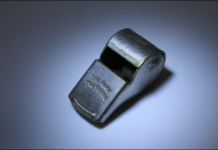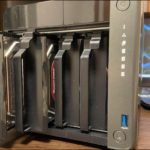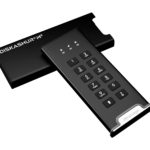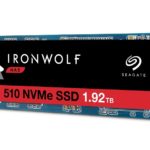RAID (Redundant Array of Inexpensive Disks) is the combining of multiple disks to mimic a single logical storage unit, i.e., a single drive. Depending on the type, or “level”, RAID increases performance, capacity, and fault tolerance in some combination. So, what is JBOD?
What is JBOD?
Only one of those attributes described above, increased capacity, applies to JBOD, the acronym for Just a Bunch of Disks. However, this most maligned of levels has a hole card–it can utilize the full capacity of every disk in the array, even when they’re not the same size.
JBOD does this by simply stringing drives together, then filling them in order with data. This is called “spanning”, though a more descriptive term might be “spilling”. Much like a multi-tier fountain, data flows onto the first disk and when that’s full, spills onto the second disk, and then onto the third, etc. JBOD is also known as BIG and SPAN.
“Just” and “Bunch” are not words you bandy about when you want to be taken seriously. Like RAID 0, it doesn’t actually meet the criteria as there’s no redundancy or fault tolerance. Hence, it’s not to be used when data safety or availability are concerns.
The Upside
As discussed…
- A JBOD array utilizes the full capacity of every drive no matter what the size. E.g., 16TB + 4TB + 2TB = 20TB
- Surviving data is easily recovered from still operational drives
The Downside
As a quick fix JBOD is fine, however its long-term disadvantages are numerous
- Additional drives offer no performance boost as data is written to only one drive at a time
- Unused drives waste capacity and energy
- The failure of a single disk kills the array
- Every new disk creates a new failure point, though file-level data survives on operational drives
When to use JBOD
JBOD is an excellent temporary solution for increasing total array capacity. Say you have a 10TB drive and a 4TB drive, but need to store 12TB of data. Combining these using RAID 0 or RAID 1 would leave you with a paltry 4TB of usable capacity.
With JBOD you can marry the 10TB drive and the 4TB drive into a 14TB volume to hold the data while awaiting a more permanent solution.










